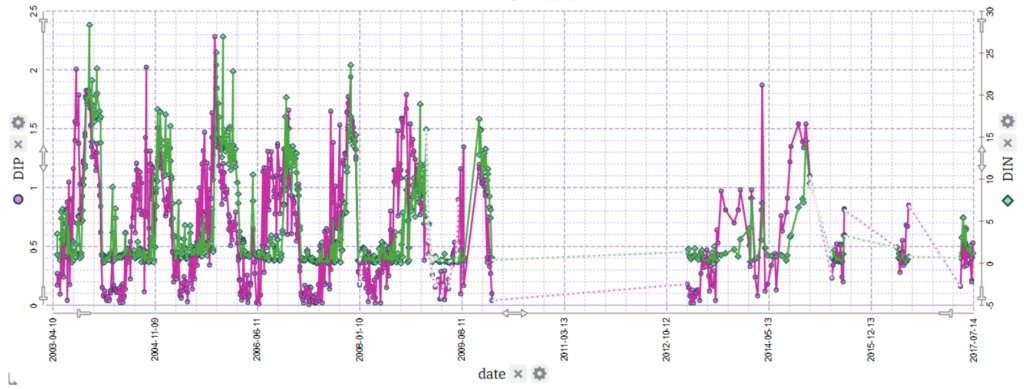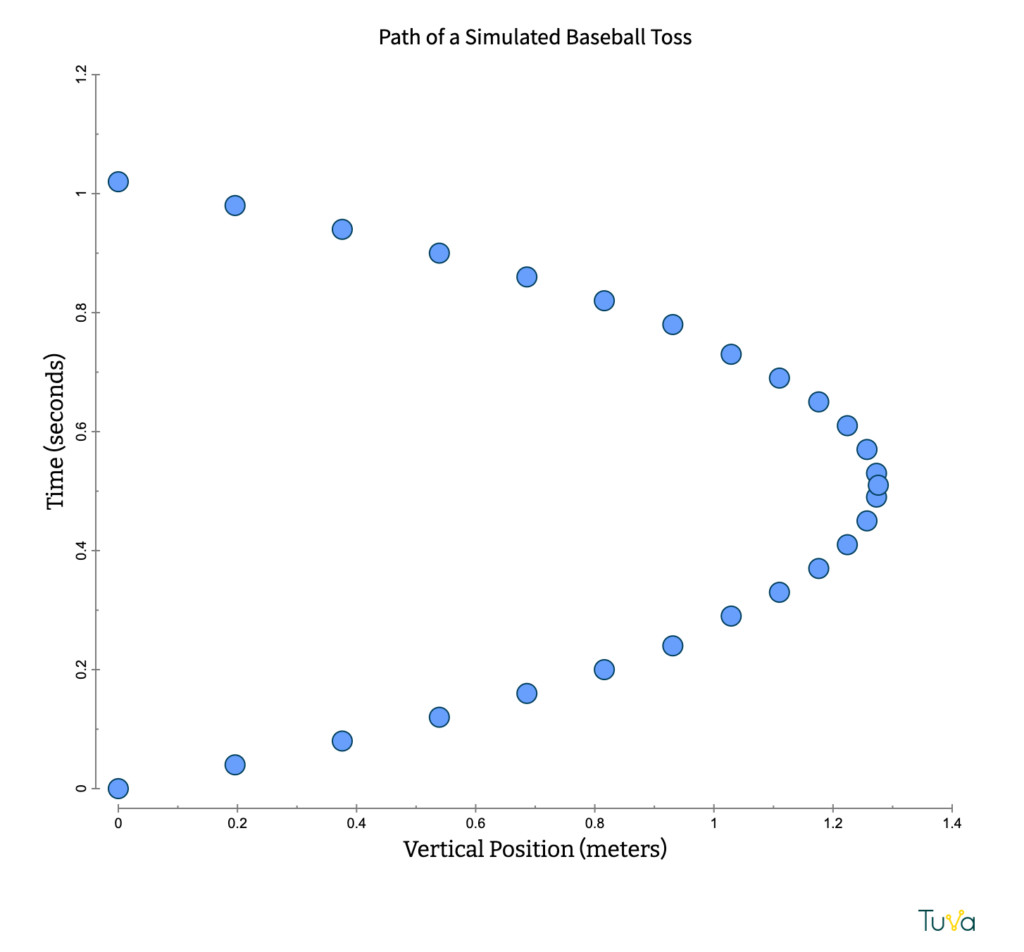
A team of ten Massachusetts 12- and 13-year olds want community members in the Narraganset Bay Watershed to change their behavior.
Their advice? Apply phosphorous-free fertilizers, use plantings to filter water, and convert impervious surfaces to absorbent ones. All of these changes, they say, will help prevent harmful algal blooms (HABs) in the bay.

The students reported, “Phosphorous, even in tiny amounts, can trigger HABs,”
The youngsters, who call themselves The Techno Tridents, are all members of a robotics team from Eastern Massachusetts. They became concerned about the nearby estuary this fall when they began preparing for the 2024-25 FIRST LEGO League Challenge. The annual challenge always includes two major parts: designing a robot and conducting a research project. The research portion requires teams to identify a problem related to the year’s theme, find out as much as possible about the problem, and work out an innovative solution. This year’s challenge theme was “submerged” and centered around oceanography.
The Techno Tridents quickly became intrigued by HABs, particularly an infamous Narragansett Bay bloom in 2003 that resulted in massive fish kills and shellfish recalls. The team wanted to know what brings about these blooms.
A “Huge Learning Curve”
The team’s coach, Pallavi Naravane, pointed the students toward the Northeast U.S. Shelf Long-Term Ecological Research (NES LTER) project. The NES LTER Schoolyard Program provides a series of datasets for use by middle and high school students.
The first dataset The Techno Tridents used. Explore it in Tuva.
The dataset most helpful for their inquiry was about nutrient levels in Narragansett Bay and comprised 1,229 datapoints. It was marked “advanced- HS recommended.” The columns across the top of the spreadsheet simply listed date, depth, NH4, DIP, NO3 + NO2, NO3, NO2, and DIN. The problem? Many of the Techno Tridents had not yet completed a middle school chemistry unit let alone a high school chemistry class.

To fully understand the data, the team needed to learn more about science concepts above their grade level such as the nitrogen cycle, the Periodic table, valency, ionization, pH, and eutrophication.
“There was a huge learning curve,” said Naravane. She laughed, admitting that, as an engineering teacher, she was included in that learning curve. “I just let them lead it,” she said.
Untangling the Data With Tuva
The students now faced the challenge of making sense of a complex, multivariate dataset. This is where Tuva became indispensable. The students uploaded the data provided by NES LTER into Tuva for analysis.
Naravane described Tuva as a “centerpiece” in helping her students uncover associations between variables. Using Tuva, students explored data analysis techniques. They learned how to add two variables on one axis, create dual-axis charts, and identify correlations. Tuva’s intuitive tools gave them insights that other software couldn’t match.
“Tuva labs is very sophisticated in the way that it allows you to see data,” Naravane said.
The story the data revealed was compelling: nutrient levels in Narragansett Bay spiked in October and November. Intrigued, the students sought to uncover the reasons behind this pattern.

The Techno Tridents included this graph in their project summary, writing, “The nitrogen and phosphorus spike in the fall… It is repetitive and we can see that the spikes are always more than 16uM of Nitrogen and 1.5uM of Phosphorus in October-November.“
To build a more complete picture, they explored additional attributes like temperature, rainfall, salinity, and occurrence of phytoplankton species. They discovered that October is when the water reaches its warmest temperatures and more rainfall occurs, contributing to increased runoff. This surge of nutrients, combined with peak temperatures, create ideal conditions for algal blooms.
Try using Tuva to look for relationships between sea surface temperature and phytoplankton.
Their analysis didn’t stop there. Using maps, the students noticed a high density of golf courses and lawns in the Narragansett Bay Watershed. Further research revealed that fall is a common time for lawn fertilization, adding another piece to the puzzle.
“We found a lot of these rabbit holes of science we could walk off into. And that’s exactly the kind of science learning I want,” Naravane said. “ You never get a chance to learn other things, unless you are powered by curiosity.”
Techno Tridents Secure Second Place With Data Analysis and Awareness Campaign


Based on all of the data, the students decided to launch a campaign to educate their community about responsible fertilization techniques. Their campaign included a variety of modes of communication: bookmarks with illustrations on one side and information on the reverse; an intricate, hand-drawn poster; and a Scratch animation.
Their data-backed campaign, along with their robot, helped the Techno Tridents land a second place finish in the Northborough FIRST LEGO League qualifier. Their work has also attracted the attention of other local organizations- including environmental non-profits looking to collaborate and a science-based art gallery that is going to display Serikar’s art (above).

Data’s Important Role in Innovation
Naravane coaches six teams via her small business Planet Robotics. Her work with students mainly centers around engineering. She is convinced that data needs to play a larger role in the engineering process.
“I really believe data is a new way to see things,” Naravane said. “If you don’t know what you are studying, how do you know it is a problem?”



















